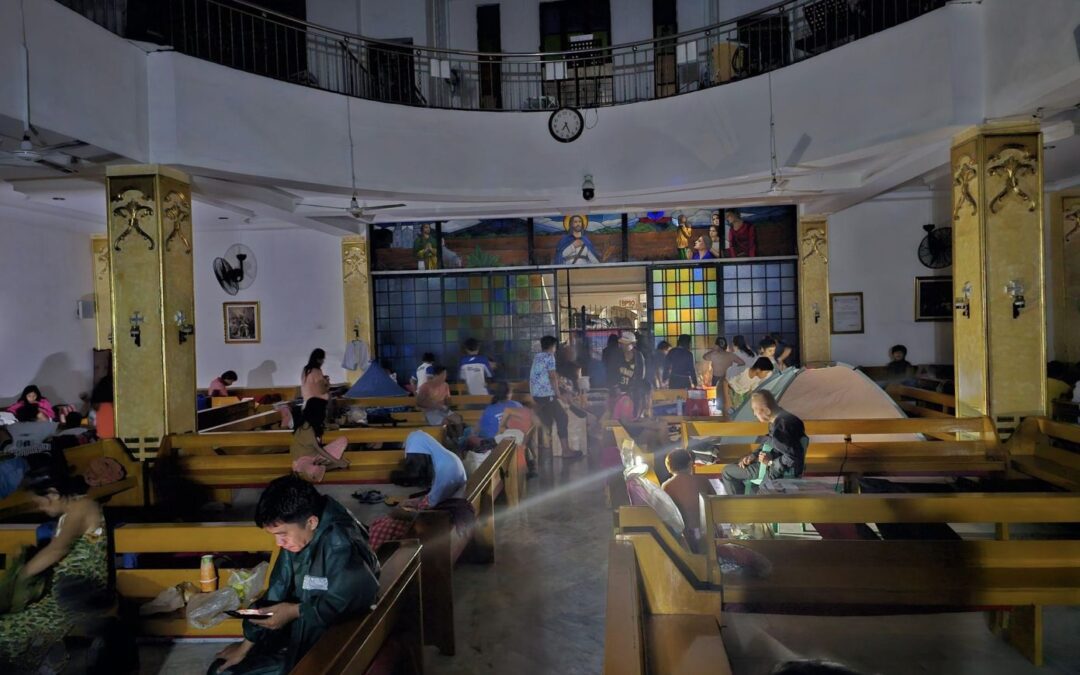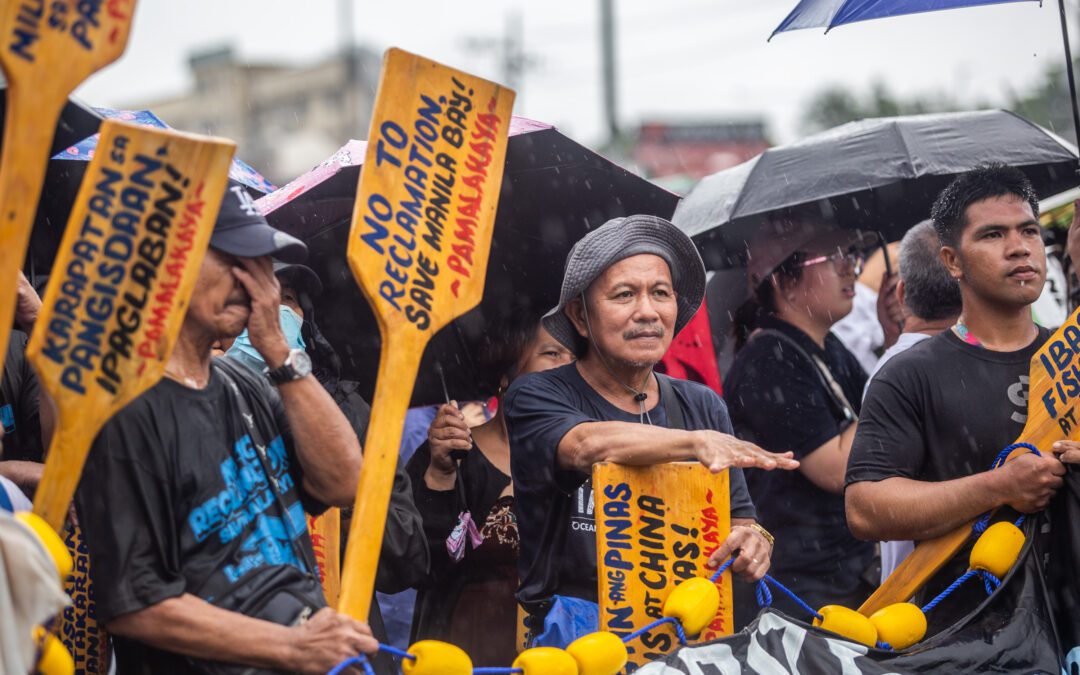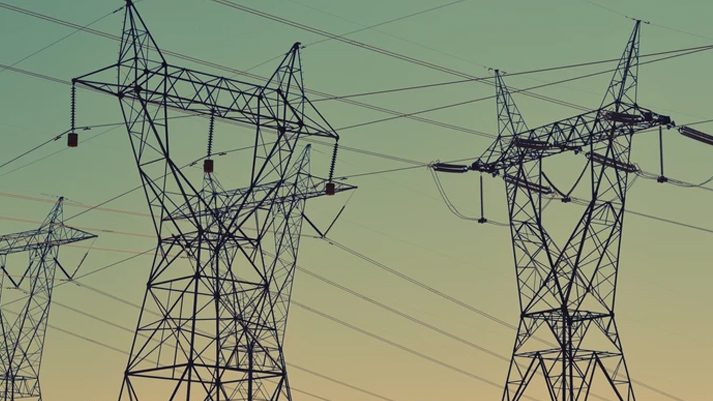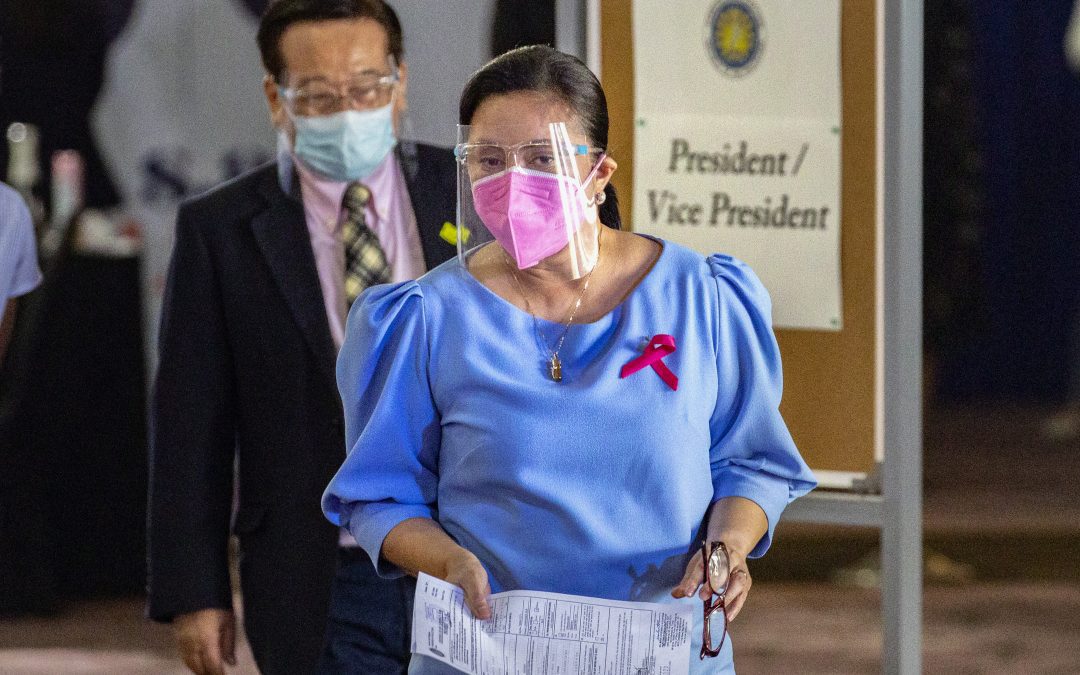While the Philippines is entering its summer season, it is time to reflect on one of the most overlooked impacts of the climate crisis: displacement or forced migration.
With every typhoon, drought, or any other calamity comes the reality of thousands, if not millions of people either needing to evacuate or having their homes and livelihoods destroyed. Stories of the long-term concerns and well-being of those displaced being ignored or forgotten are becoming too common, which should simply not happen.
Yet with the possibility of climate change impacts becoming more severe due to a lack of adequate solutions, more people can end up not only being forced away from their homes but also being deprived of the ability and resources to exercise their human right to pursue development, including living in a clean, healthy, and sustainable environment.
For a highly-vulnerable country like the Philippines, this reality is even more pronounced.
Past the limit
In 2021, 23.7 million people worldwide were displaced by disasters or 62% of all displacements. Around 22 million of these were due to extreme weather events such as storms and floods, which indicates the extent that the climate crisis can cause forced migration.
The Philippines recorded 5.7 million disaster-induced displacements throughout the year, more than any other country in the world except China. Perhaps the worst of these is triggered by super-typhoon Rai (Odette), which caused more destruction to property than any storm in the nation’s history aside from Haiyan (Yolanda).
The impact of Rai resulted in at least 255 thousand Filipinos being forced away from their homes. It was reported that even a few months after it hit, thousands are still unable to return, and others experienced slow recovery due to limited access to basic necessities and social services and another storm hitting these areas.
While the link between the climate crisis and displacement is becoming evident in the aftermath of disasters, the same cannot be said regarding the long-term ramifications, especially in the context of slow-onset events.
Per a 2018 study, less than one percent of Filipinos migrated overseas due to the living environment, while five percent relocated within the country for the same reason. Factors related to their living environment are the main reason for moving away in the next five years over 10% of Filipinos, while 22% cited it as the main reason for not moving.
These numbers indicate several notable trends. There is a growing long-term awareness for many to find safer, more secure communities to live in and avoid potential disasters, including those triggered by the climate crisis. However, the higher percentage of those not wanting to move due to the living environment points to the prevailing culture within the nation of not wanting to uproot the lives of their families from familiar conditions and the sense of daily normality.
Yet these figures do not fully capture the realities of forced migration in the Philippines. As the climate crisis affects numerous aspects of living, it could be indirectly influencing other main motivations for moving, such as a change in employment and housing-related concerns. The challenge of accurately assessing just how much slow onset events like sea level rise and land degradation influence living conditions and behavioral patterns leading to relocation is worsened by the lack of available data regarding the cases of the displaced.
Yet there is no question that those forced away from their homes become more vulnerable to the social and economic effects of disasters. For example, women, children, and youth usually have lesser capacities to adapt to new environments, especially if burdened with limited access to food, water, and electricity. The disruption through a lack of capacity for work or schooling and separation from their social circles could further hinder their ability to recover from disasters.
Settling the issues
To address issues related to climate-induced displacement in the Philippines, more investments must be made in collecting relevant data and monitoring the conditions of those affected. This would help establish more defined links between the climate crisis and the factors that could trigger forced migration, especially in the context of slow-onset events. The outcomes of these efforts must be integrated into existing adaptation and disaster risk reduction management strategies.
Local stakeholders must also be capacitated to reduce their vulnerabilities and reduce, if not eliminate the likelihood of displacement. Support should be provided for implementing existing climate and disaster-related plans and programs. The national government agencies must also improve their communication with communities regarding existing policies and resources they may use to properly deal with any hazards.
The Philippine government must also emphasize addressing climate-induced displacement in its current policies and programs. Said issues are vital to the national narrative on loss and damage and must be integrated as such. This emphasis should be reflected in more investments in resilient physical infrastructures, risk transfer mechanisms for social protection, mechanisms for holding accountable those involved in non-durable, non-resilient housing, and other measures that protect the most vulnerable people from further harm.
In the 10th year since the landfall of Haiyan on Philippine soil, it is unfortunate that the same kind of stories are still being seen about those displaced by a crisis to which they have little to no contribution to causing. We should not get used to hearing these stories and dismiss them as just another day in the era of the climate emergency.
There should be no place for the normalization of the plight of the displaced. Addressing loss and damage must include preventing anybody else from losing their homes, livelihoods, and life as they knew it.
John Leo is the Deputy Executive Director for Programs and Campaigns of Living Laudato Si’ Philippines and a member of Aksyon Klima Pilipinas and the Youth Advisory Group for Environmental and Climate Justice under the UNDP in Asia and the Pacific. He is a climate and environment journalist since 2016.






0 Comments